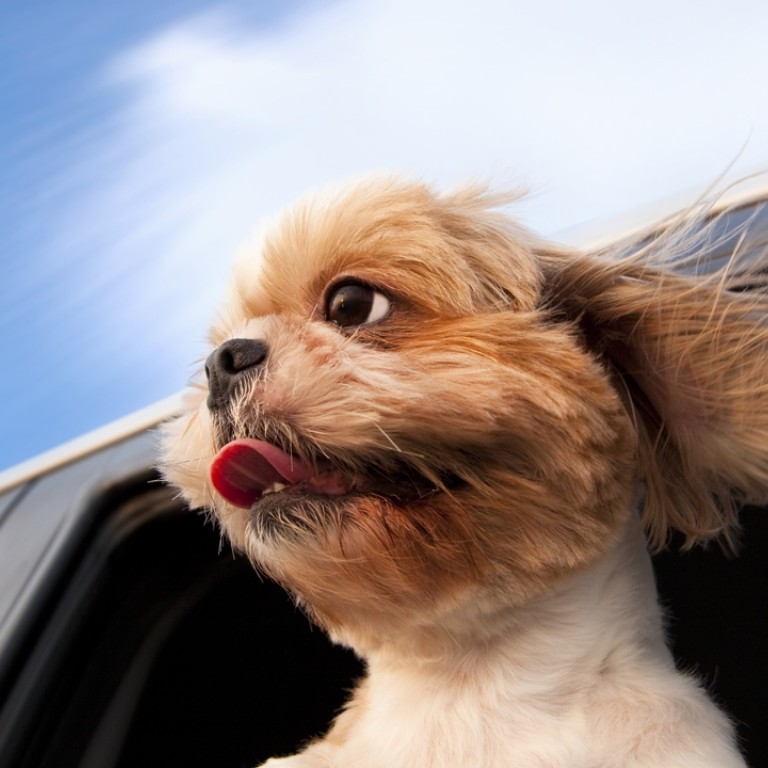
Crash tests for pets show how to keep your dogs safe on car journeys
The crates, carriers or harnesses you need to safeguard your pet when travelling - tested by Lindsey Wolko and her organisation the Centre for Pet Safety
Like most pet owners I know, I put a considerable amount of thought and time into keeping my beagle, Hammy, safe in the car, whether it’s a longer drive or just a short trip across town. At the very least, most of us know not to drive with an animal loose in the back of a pick-up truck or in a carrier on the roof; and we know that a dog on the driver's lap is a recipe for disaster. But in an accident, would Hammy be as well protected as I am in my seat belt? Probably not.
Until now, consumers have had very little information about which products are most reliable at keeping dogs and cats safe in the car. With the completion of recent crash tests by the Centre for Pet Safety (CPS) and its forthcoming safety product standards, the non-profit research organisation – not affiliated with the pet product industry – is, thankfully, shedding some light on the safest ways to restrain four-legged passengers.
The [safety products for pets] industry is highly unregulated. Manufacturers can claim anything they want with no oversight. They can openly claim that they crash-tested it even if it fails the test miserably
Lindsey Wolko, a management consultant, founded CPS in 2011, inspired by an injured dog and a car safety harness that she said did nothing to keep her dog safe. After the incident, she realised the only way to know for sure which products worked was to put them through rigorous testing. She began testing harnesses at a crash-test facility, simulating a front-end collision. One harness broke at the connection point. Another, which the manufacturer claimed to have crash-tested, decapitated the artificial test dog.
“It's important for pet owners to understand that there is a performance component when you shop for a product,” says Wolko, who runs CPS on a volunteer basis. “If you're looking for something that will provide protection in a crash, most of the products won't do that.”
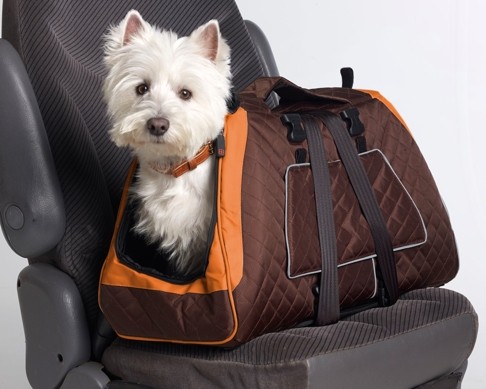
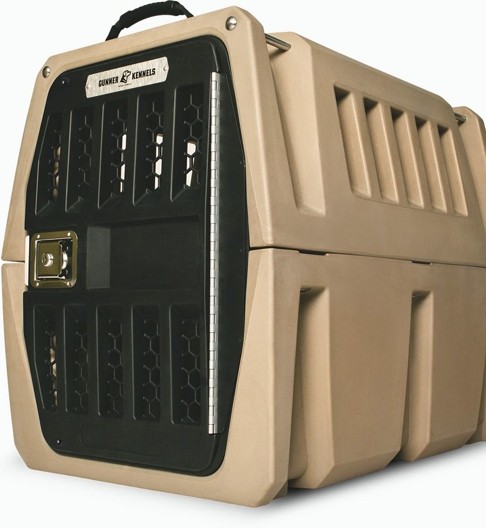
The test also included some budget – HK$1,200or less – plastic crates (tested under “carriers” since they generally have handles for carrying). On the CPS website, I found the crash-test video for the product that most resembles mine, which was shown with a 7kg test dog. In the video, the carrier remains in the seat during the crash (secured with a seat belt), but the plastic fractures like a thin sheet of Styrofoam, and the test dachshund flies out and tumbles through the air in slow motion, ears splayed out. This is what Wolko calls a “complete failure”.
Similar tests were performed in 2013 with pet harnesses, and the Sleepypod Clickit Utility (from HK$580, Pet Central) was the only product that performed satisfactorily.
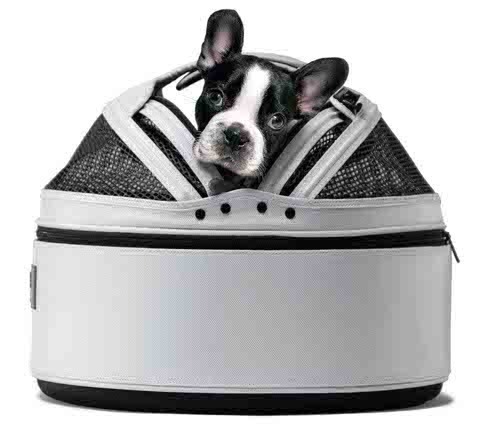
“When pets ride free and easy, there are a lot of risks – to you, your pet and the other drivers on the road,” she says, stressing the difference between restraining a dog to avoid distraction while driving (which all the products may do) and for safety. “When your dog rides without proper restraint, in an accident, he will become a projectile.” As for a dog riding in a passenger’s lap, she reminded me that this is illegal with babies and children for good reason.
I asked her how we could improve our practises, short of everyone purchasing a US$500 crate. For dogs 7kg and lighter, she suggests full containment in a carrier, and for larger dogs, harnesses are a solid option. Just make sure not to undermine the performance of a harness by adding an extension tether, she said. “A good harness design will give your pet just enough freedom to sit or lie down,” she said. “It takes a few trips for your pet to [acclimatise] to a more restricted ride, but every dog we’ve worked with adapts within a few training trips.”
I haven’t yet decided where Hammy and I will head on our next trip, but I think his next adventure might be getting used to a new travel restraint.
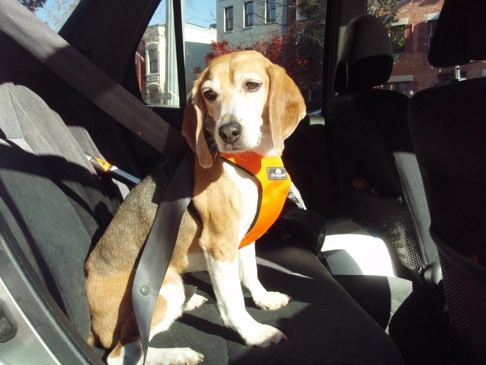
What’s the best way to transport your pet when you hit the road? Take into account his size, shape and personality, and consider the following guidelines from the Centre for Pet Safety before making your purchase.
Some harnesses prevent only distraction, while others provide crash protection; choose the latter. Look for harnesses that do not have an extension tether. Giving your dog freedom to move around means room for injury in a crash.
If you’re going to put your pet in a seat, make it the back seat, and don’t ever connect a safety device to your dog’s collar or walking harness.
Pick the right size crate for your pet, which is generally no more than six inches longer than the animal’s body - just enough room to be comfortable.
If you have a small soft- or hard-sided carrier or crate for dogs weighing less than 40 pounds, CPS recommends not using the seat belt to secure it. If the carrier isn’t structurally sound, the seat belt may crush the product in an accident. Instead, place the carrier on the floor behind the driver or passenger seat. Secure hard-sided crates in the back of a vehicle using strength-rated cargo anchor straps, not bungee cords.
If you’re using a booster seat (most of which have not been tested for safety), CPS recommends using it with a crash-tested harness product that connects to the seat belt system, such as the Sleepypod Clickit Sport. CPS is currently working on a pilot study to educate pet owners about boosters.
Nose and floppy ears out the window? If you’re safety-conscious, think of it as part of a bygone era. Flying debris can damage dogs’ eyes, and if they have enough freedom to lean out the window, they won’t be safe in a crash.
The Washington Post

